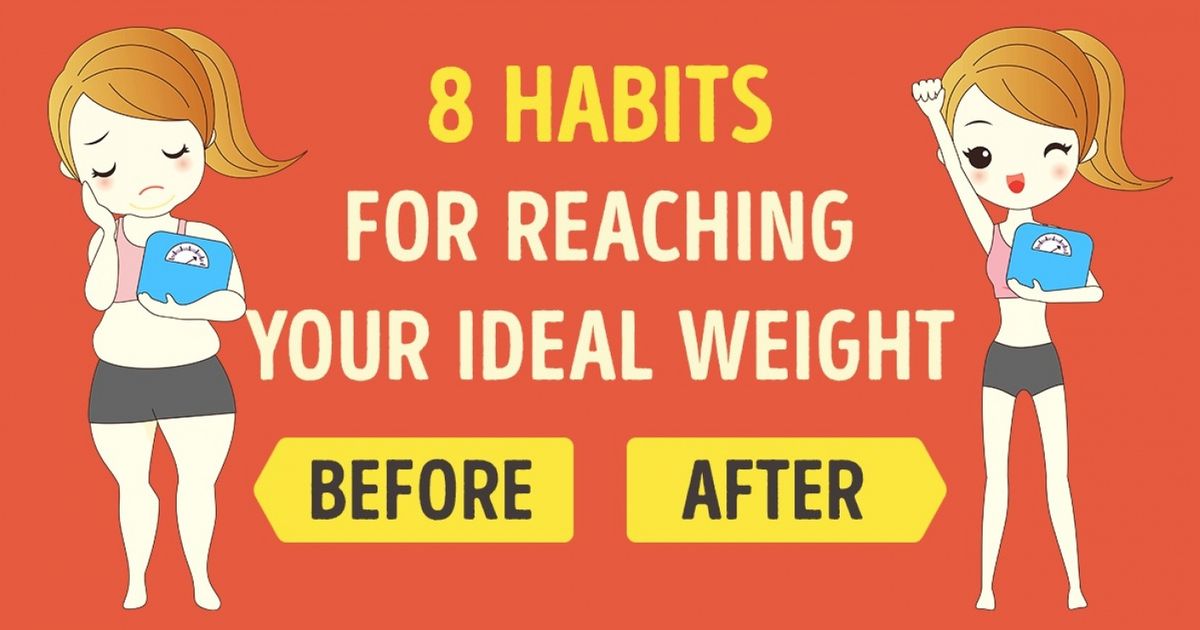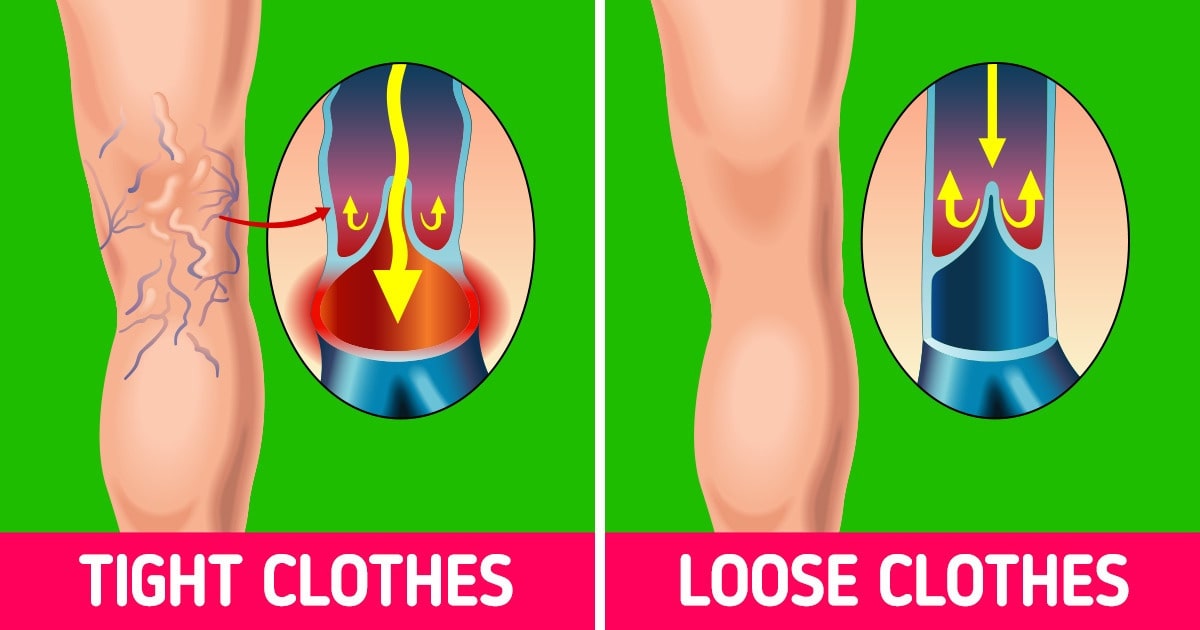Everyday foods hold secrets that can transform how you view your diet and health. From leafy greens to wholesome nuts, there’s more to these common ingredients than meets the eye. In this comprehensive guide, we explore six fascinating facts about everyday foods that you probably didn’t know. Whether you’re looking to improve your nutrition, lose weight, or simply make smarter food choices, the insights shared here are backed by expert research and reputable sources such as Healthline, Mayo Clinic, and Harvard Health.
The Lettuce Game: Unlocking the Hidden Benefits of Leafy Greens
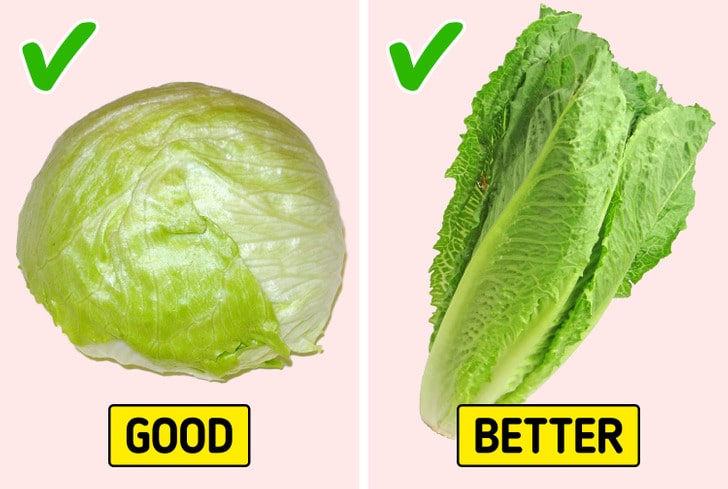
Lettuce is often seen as a mere salad filler, but its nutritional value goes far beyond just adding crunch. This humble green can be a powerhouse of vitamins, fiber, and antioxidants that are essential for a balanced diet. While many assume that only kale or spinach offer health benefits, various types of lettuce also provide unique nutritional profiles.
- Nutritional Benefits: Despite its high water content, lettuce supplies vitamin A, vitamin K, and small amounts of folate and iron. These nutrients contribute to maintaining healthy vision, proper blood clotting, and overall cell function.
- Low Calorie, High Volume: With minimal calories per serving, lettuce is a fantastic food for those aiming to lose weight or maintain a healthy diet. Incorporating lettuce in meals can help you feel full without consuming excess calories.
- Variety Matters: Different varieties such as romaine, butterhead, and iceberg offer varying textures and flavors. Experimenting with these can keep your salads exciting and nutritionally balanced.
For more detailed insights on the benefits of leafy greens, visit Mayo Clinic’s nutrition section.
Bread Uncovered: Navigating the Better and Worse Types for a Healthier Diet
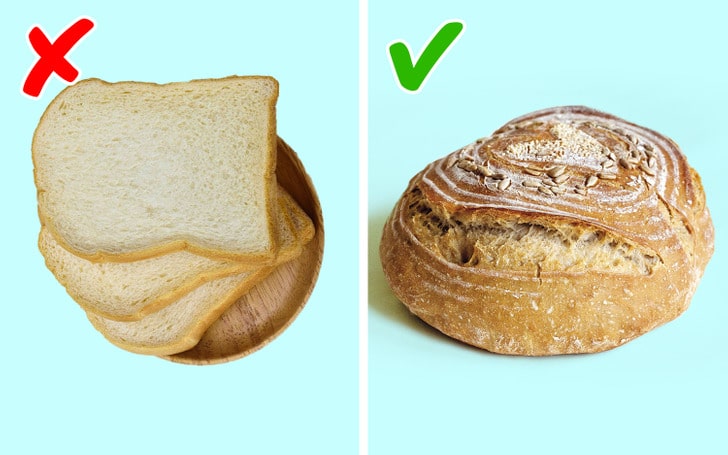
Bread is a staple in many diets, but not all bread is created equal. The type of bread you choose can significantly affect your nutrition, energy levels, and overall health.
- Whole Grains vs. Refined Grains: Whole grain bread is packed with fiber, B vitamins, and essential minerals, making it a superior choice over refined white bread, which has been stripped of many nutrients during processing.
- Glycemic Impact: Whole grain options tend to have a lower glycemic index compared to white bread. This means they cause a slower, steadier rise in blood sugar levels, which is beneficial for weight management and reducing the risk of type 2 diabetes.
- Artisanal vs. Commercial: Artisanal breads often use natural fermentation methods, resulting in more digestible products with a richer flavor profile. However, it’s important to check ingredient lists, as some breads, even whole grain ones, can contain added sugars and preservatives that diminish their health benefits.
For further reading on making smart bread choices, check out Healthline’s guide to bread and nutrition.
Honey Exposed: Not All Honey Is Created Equal
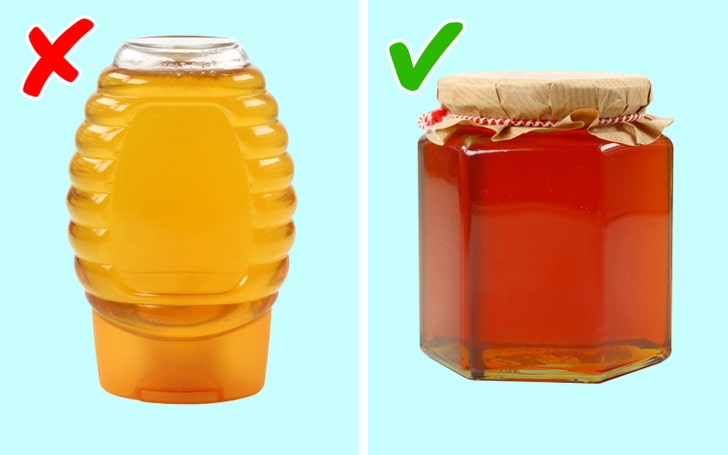
Honey has long been prized for its natural sweetness and potential health benefits, but did you know that not all honey is the same? The differences in processing, floral sources, and even geography can have a profound impact on the nutritional quality of honey.
- Raw vs. Processed Honey: Raw honey retains beneficial enzymes, antioxidants, and nutrients that are often lost during pasteurization. In contrast, processed honey may contain added sugars and lose many of its natural properties.
- Floral Diversity: The flavor, color, and nutritional content of honey can vary significantly depending on the flowers visited by bees. For instance, manuka honey from New Zealand is celebrated for its potent antibacterial properties, whereas clover honey has a milder taste and nutritional profile.
- Glycemic Considerations: While honey is a natural sweetener, it still impacts blood sugar levels. Moderation is key, especially for individuals managing diabetes or those following low-carb diets.
Explore more on the differences between honey varieties by visiting Healthline’s comprehensive article on honey.
Granola vs. Rice: Debunking the Myth of Healthier Grain Choices
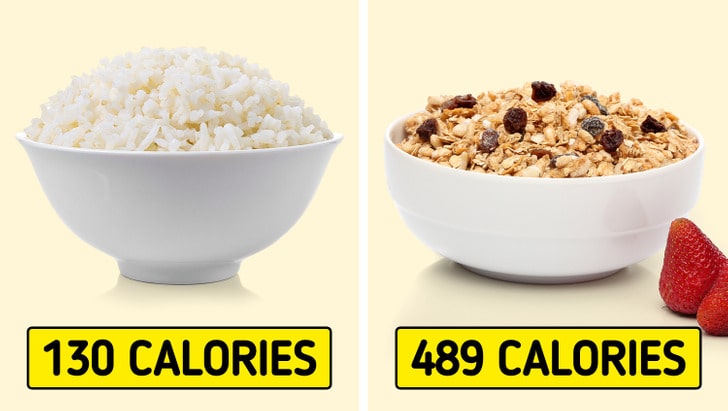
Granola is often marketed as a health food, but when compared to more traditional grains like rice, the nutritional differences can be surprising.
- Hidden Sugars and Calories: Many commercial granolas contain added sugars, honey, and even syrups to enhance flavor, which can significantly increase the calorie content. In contrast, plain rice, especially brown rice, offers complex carbohydrates and fiber without the extra sugar.
- Nutrient Density: While granola can be nutrient-dense when made with whole ingredients like oats, nuts, and seeds, its calorie load can be much higher than that of a serving of rice. Choosing whole grains such as rice or quinoa might provide a more balanced option for sustained energy levels.
- Versatility in Diets: Both granola and rice have their place in a balanced diet, but portion control and ingredient transparency are key. Homemade granola, for instance, can be tailored to be lower in sugar and higher in fiber, making it a better option for those monitoring their calorie intake.
For additional insights on choosing the right grains for your diet, refer to Harvard Health’s nutritional guidelines.
The “Healthy” Option Isn’t Always Low in Calories: Understanding Calorie Myths
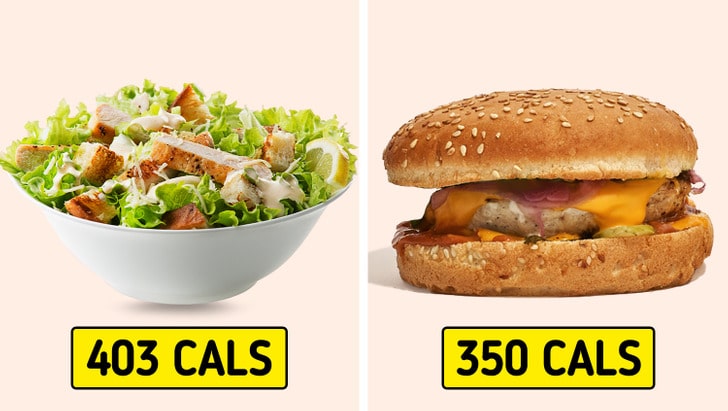
The term “healthy” is often equated with low calorie, but this isn’t always the case. Many foods marketed as healthy can be calorie-dense due to hidden fats, sugars, or processed ingredients.
- Misleading Labels: Food packaging and marketing can sometimes mislead consumers into thinking that a product is healthy when it’s actually high in calories. It’s essential to read nutrition labels carefully to understand what you’re consuming.
- Portion Distortion: Even healthy foods can contribute to weight gain if eaten in large quantities. The key is moderation and balancing your overall calorie intake with your daily energy expenditure.
- Nutrient-Rich vs. Calorie-Dense: Focus on foods that provide a high nutrient-to-calorie ratio. Vegetables, fruits, and lean proteins generally offer more vitamins and minerals per calorie than processed “health” foods that might be loaded with additives.
For a deeper dive into how calorie content can be misleading, check out Mayo Clinic’s advice on reading food labels.
Nuts Nuanced: Not All Nuts Have the Same Calorie Count
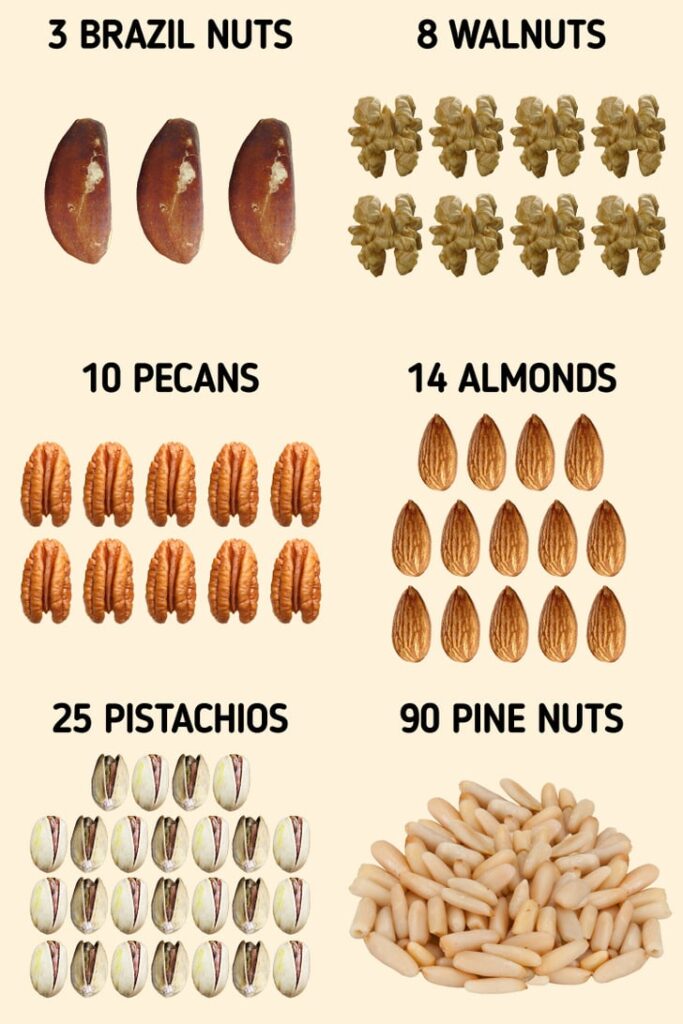
Nuts are celebrated for their healthy fats, protein, and fiber, yet not all nuts are created equal when it comes to calorie content and nutritional benefits.
- Variety Matters: Almonds, walnuts, cashews, and pistachios each offer unique nutritional profiles. For example, almonds are relatively low in calories and high in vitamin E, while macadamia nuts are richer in calories due to their higher fat content.
- Portion Control is Key: Nuts are energy-dense, meaning that even small portions pack a significant calorie punch. Incorporating a measured amount into your diet can offer health benefits without leading to overconsumption.
- Nutritional Benefits Beyond Calories: The healthy fats in nuts, particularly monounsaturated and polyunsaturated fats, contribute to heart health, reduce inflammation, and support brain function. However, the calorie content should always be considered, especially if you are monitoring your daily intake for weight loss.
For more detailed nutritional comparisons among different types of nuts, visit Healthline’s guide to nut nutrition.
Conclusion
Everyday foods harbor surprising facts that can significantly influence your dietary habits and overall health. From the underappreciated nutritional benefits of lettuce to the calorie nuances found in nuts, making informed food choices requires a deeper understanding of what you eat. This article has shed light on six fascinating facts about everyday foods:
- The Lettuce Game: Recognize the value of leafy greens beyond just salad fillers.
- Bread Uncovered: Choose your bread wisely, opting for whole grains over refined options to optimize your health.
- Honey Exposed: Understand the differences between raw and processed honey to harness its full nutritional potential.
- Granola vs. Rice: Question marketing claims and be mindful of hidden sugars and calories in seemingly healthy options.
- Calorie Myths in “Healthy” Foods: Learn to read labels and practice portion control to avoid unintended calorie overload.
- Nuts Nuanced: Appreciate that different nuts offer different benefits and calorie counts, making it essential to choose wisely.
In today’s health-conscious world, knowing these facts is not just interesting—it’s crucial for anyone looking to improve their diet, lose weight, or simply enjoy a healthier lifestyle. By incorporating these insights into your daily routine, you can make smarter decisions that enhance your overall nutrition and wellbeing.
Remember, the key to a healthy diet isn’t just about eating the “right” foods; it’s about understanding the hidden details in everyday items. Use this knowledge to experiment with new recipes, adjust portion sizes, and ultimately take control of your nutritional journey. With resources from trusted authorities like Harvard Health, Mayo Clinic, and Healthline, you’re empowered to make decisions that benefit both your body and your mind.
Taking a closer look at the foods on your plate can lead to improved health, better energy levels, and a more balanced diet. Whether you’re a nutrition enthusiast, a health-conscious consumer, or simply curious about the hidden aspects of everyday foods, these six facts can serve as a guide to rethinking your meals and making every bite count.
Embrace the journey toward smarter eating habits and enjoy the benefits of a well-informed diet. Happy healthy eating!
Preview photo credit Lebensmittelfotos / Pixabay, BlackRiv / Pixabay
